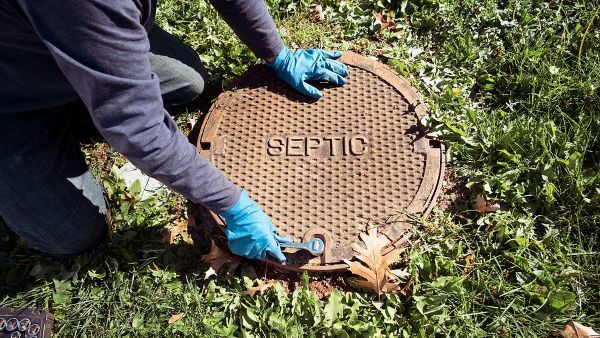California Tiger Salamander Mitigation for Land Development
Where Do California Tiger Salamanders Live?
Sonoma County is home to the California Tiger Salamander (CTS) and several protected plant species (listed plants). Though we are happy to host and conserve lands for endangered species, this can provide some challanges to land development in CTS breeding zones and around adult CTS occurances. Mitigation for endangered species is essential to keeping the CTS safe during continual development in Sonoma County
Mitigating for Impacts to California Tiger Salamander Habitat?
Being within a conservation area doesn’t change the parcel’s zoning or land use designation, nor does it add development restrictions. Rather it adds an extra step of mitigation to the parcel’s development, without changing its potential. Mitigation must be done for all hardscape (roads, compacted gravel surfaces, buildings, etc.) work proposed. For linear projects (utility lines, pipelines, fences, etc.) the mitigation area consists of the land disturbed by the construction.
Mitigation for projects is usually performed by purchasing credits from a mitigation bank. There are two types of mitigation banks; preserve mitigation bank and wetland mitigation banks. Mitigation banks are designed to create habitats large enough for multiple site mitigation. These banks sell mitigation credits to satisfy the mitigation requirements for development.
The appropriate type and amount of credits must be purchased to satisfy the mitigation requirements for the specific site development. The proximity to CTS breeding sites and adult CTS occurrences determine the ratio of mitigation credits that must be purchased.
Per the Santa Rosa Plain Conservation Strategy the following mitigation is required:
- Mitigation of 3:1 – For projects that are within 500 feet of a known breeding site.
- Mitigation of 2:1 – For projects that are greater than 500 feet, and within 2,200 feet of a known breeding site, and for projects beyond 2,200 feet from a known breeding site, but within 500 feet of an adult occurrence.
- Mitigation of 1:1 – For projects that are greater than 2,200 feet, and within 1.3 miles of a known breeding site.
- Mitigation of 0.2:1 – For projects in areas shown as “Potential for Presence of CTS” or “Potential for Presence of CTS and Listed Plants.”
Surveying for Habitat?
If a project falls into a mitigation area, a survey to determine if CTS or listed plants are present may be performed to determine if mitigation is necessary. This process may take up to two years to complete. If CTS or listed plants are present, then the appropriate mitigation ratio will apply. If no CTS are found during the survey, then mitigation shall not be required.
BC Engineering Group Is Here To Help.
Mitigation ratio determination and the requirement there of can be difficult to determine. Please contact BC Engineering Group, Inc. for more information about whether your project requires mitigation, and if so, how to proceed. We can be reached at (707) 542-4321 or www.bcengineeringgroup.com – Like us on Facebook and subscribe to our blog.
Comments
You May Also Like







